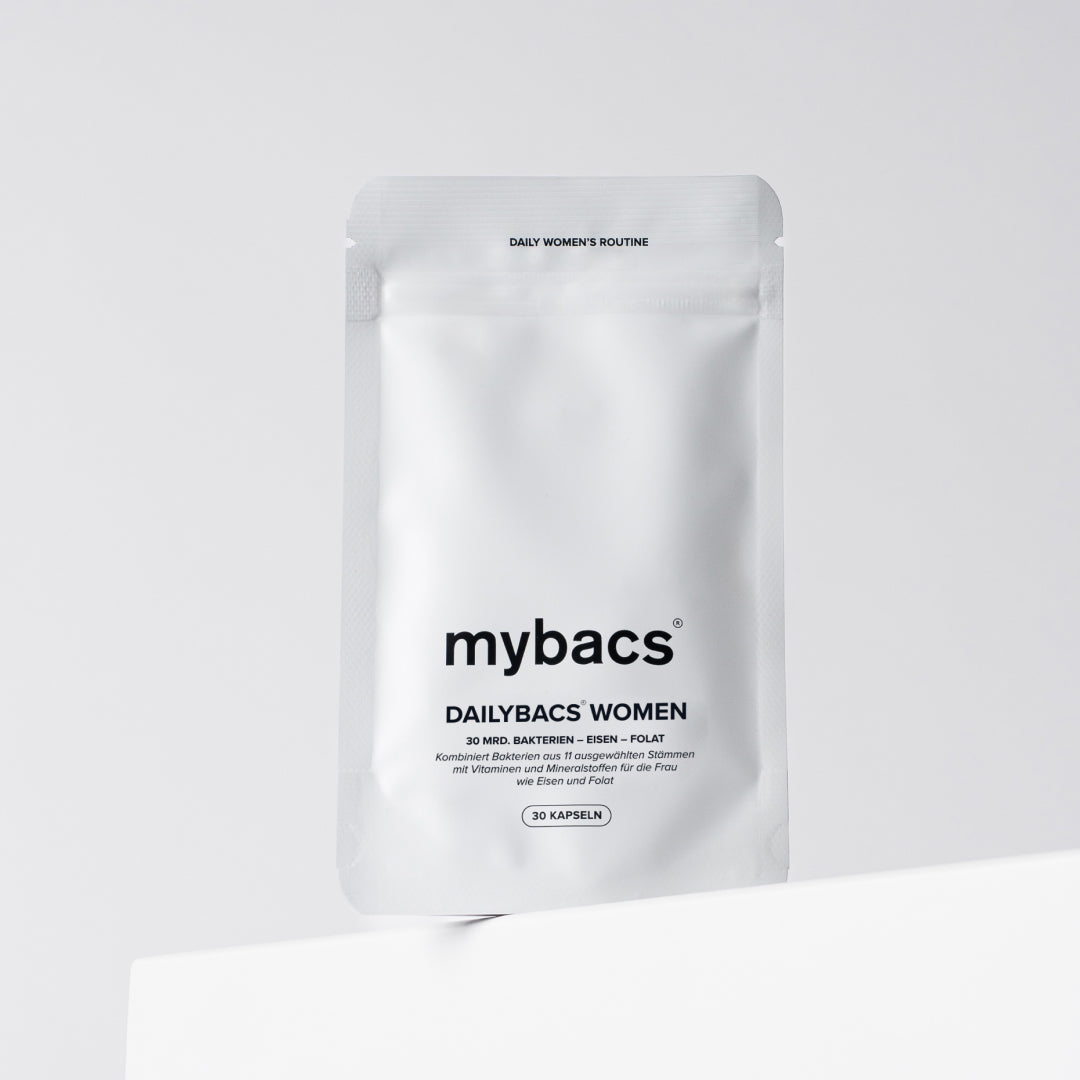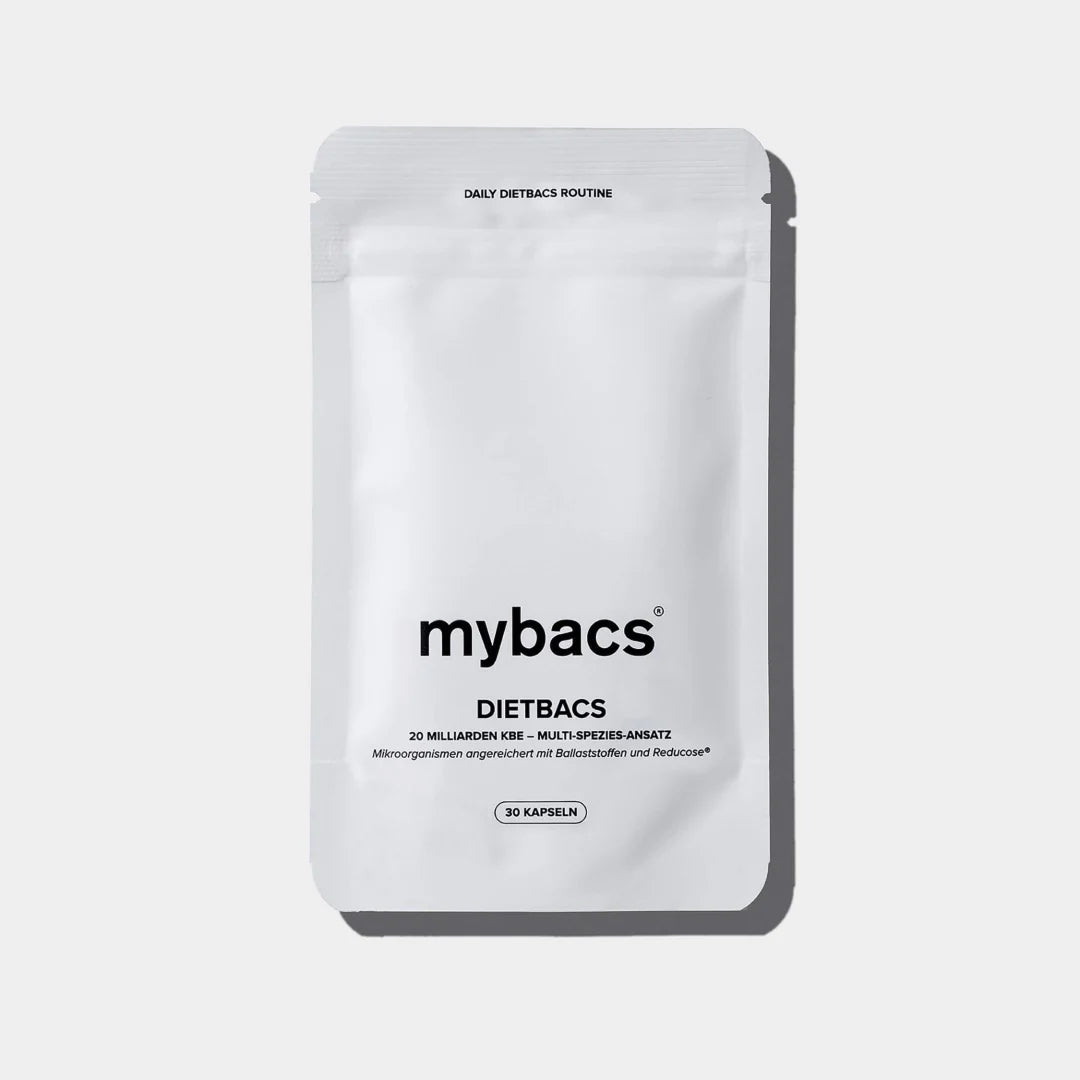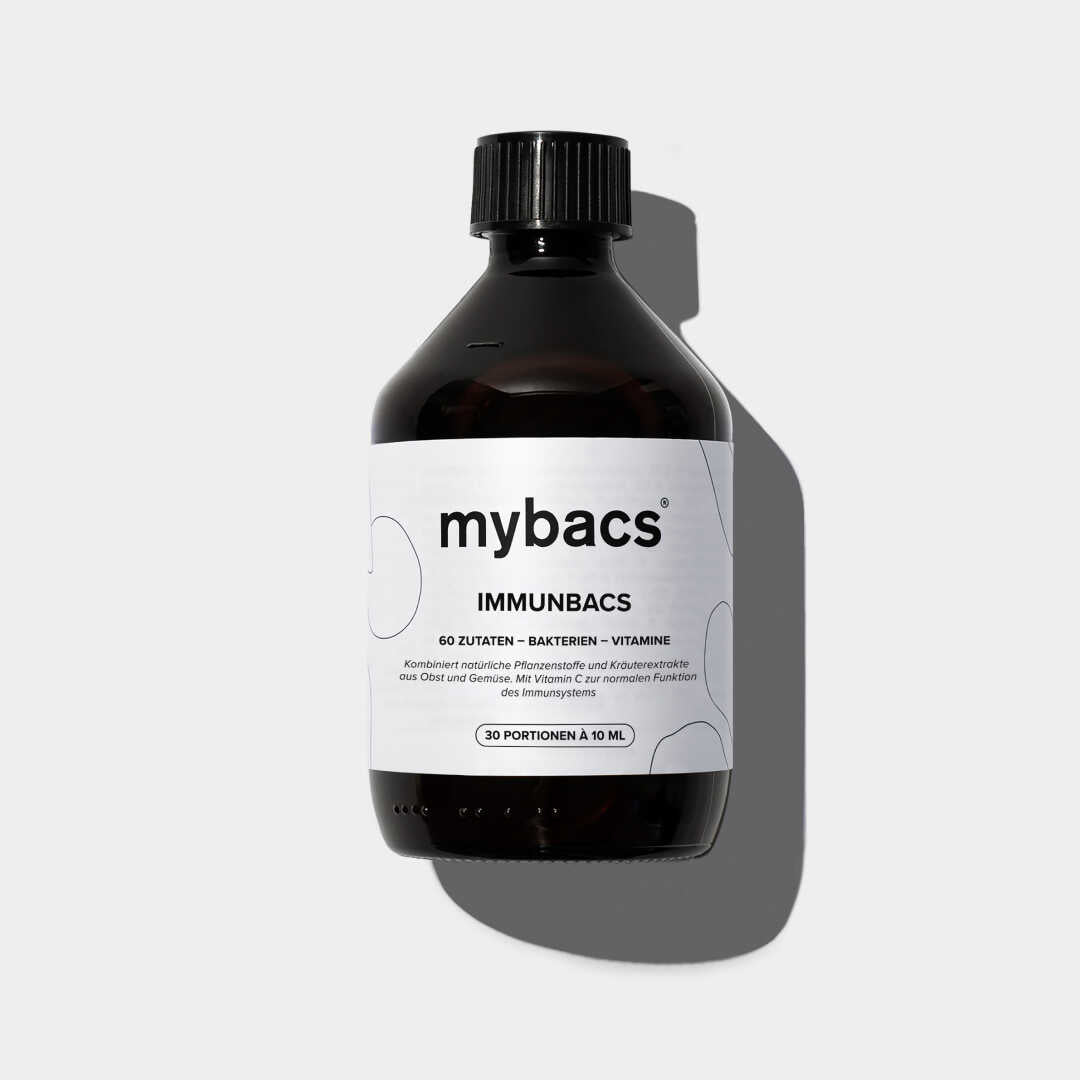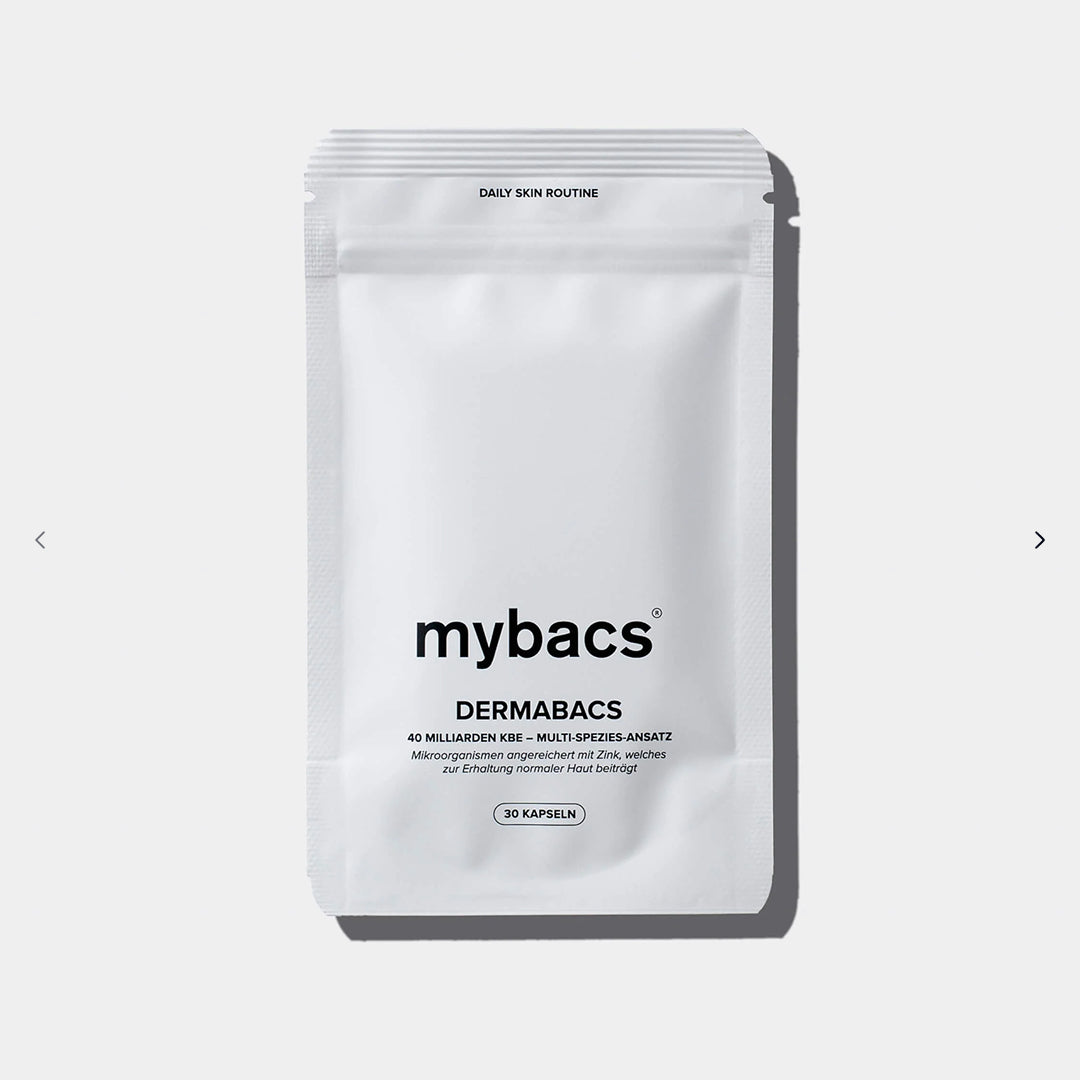How does it work?
Our entire body is crisscrossed by blood vessels, through which the blood vessels supply our organs and tissue with important nutrients and oxygen - including the central nervous system (CNS), which consists of the brain and spinal cord. Here is the blood-brain barrier, which is a kind of filter that only allows certain molecules into and out of the CNS.
How is it constructed?
On the inside of the vessel walls of the capillaries are the vessel wall cells (endothelial cells), which in turn are closely connected to one another by narrow, belt-shaped junctions. Together with the basement membrane and the astrocytes, which surround the vessels from the CNS side, they form the blood-brain barrier.
What is it good for?
The blood-brain barrier selectively decides which molecules, cells or ions are transported from the blood into the CNS and which waste products are excreted again. This filter function is intended to protect our brain from toxic substances that are then not allowed through. The selection often works, but also has a few weaknesses: alcohol or nicotine, for example, easily pass through the barrier.
Who is allowed in and who has to stay out?
According to a rule of thumb, substances that are small and lipophilic, i.e. fat-loving, are primarily transported into the brain, while large molecules that are hydrophilic, i.e. water-loving, are not allowed to pass through. However, there are of course always exceptions to the rule.
How does this affect my everyday life?
Have you ever wondered how an active ingredient knows where it should work? How does an active ingredient know, for example, during a period, that it should work in the abdominal area and not in the head? The answer actually lies in the blood-brain barrier, because this ensures through non-selection that the active ingredient Buscopan does not take effect in the brain and potentially make us feel foggy or tired, but rather that it has its effects specifically in the abdomen.
The example of serotonin / 5-HTP
Conversely, substances that are needed in the brain do not reach the brain directly. Serotonin is an exciting example here. Also known as the "happiness hormone", it is one of the most important amines that acts as a neurotransmitter and transmits information between nerve cells. Its ability to influence our emotions and psyche gives it its nickname. You would think that such a necessary and natural hormone should reach the brain without any problems, but this is not the case. To bypass the barrier, the body uses two precursors of serotonin: tryptophan, which occurs naturally in African black beans, bananas or chocolate, for example, and 5-HTP. Tryptophan is converted by the body into the intermediate product 5-HTP and then further into serotonin. While serotonin, as already mentioned, cannot pass through the blood-brain barrier, the precursors tryptophan and 5-HTP can both cross it without any problems and are then further converted into serotonin in the brain. 5-HTP has therefore been actively used for over 30 years as a therapeutic agent against depression, anxiety, panic, sleep disorders, eating disorders, PMS and chronic headaches.
We at mybacs have also looked into this topic and have developed our “Good Mood” add-on. High-quality 5-HTP, Ashwagandha, saffron extract and other valuable vitamins provide a real mood boost and support for your general well-being.






